Guillermo, thank you so much for being here today and for the inspiring speech you gave
earlier. Let’s start with a big question. Over the past decades, we’ve seen how
industrialization and globalization have fueled economic growth but also contributed to
pollution and climate change. These changes are now creating disasters that affect families,
industries, and entire communities. From what you said earlier, it seems that reinsurance can
play a key role in reversing this trend, especially by supporting decarbonization through
financial tools. Is that right? Can you help us understand how this works?
Thank you, Raffaele. It’s a pleasure to be here. You’re absolutely right—there’s a strong
connection between reinsurance and climate change. At its core, reinsurance is about
transferring risk, which means we’re deeply affected by the changes in risks that climate
change brings.
But beyond just managing risk, reinsurance can actively support decarbonization. For example,
we can invest in clean energy projects and sustainable businesses that aim to lower carbon
emissions. Another critical role we can play is incentivizing the development of nature-based
solutions, such as forests or wetlands. These not only act as carbon sinks but also reduce risks
like flooding.
In essence, reinsurance isn’t just about reacting to disasters—it’s also about helping create a
more sustainable future by aligning financial tools with environmental goals.
That’s such an important perspective. Let’s talk about the tools that make this possible. How
do you think technology is changing the way reinsurance works, especially when it comes to
addressing challenges like climate change?
Technology is essential because the scale of today’s challenges requires solutions we’ve never
had before. For example, we need more responsive policies that can cover a broader range of
risks and impacts.
Emerging technologies like Earth observation systems, artificial intelligence (AI), and machine
learning are making a huge difference. They allow us to process massive amounts of data
quickly and accurately. For instance, satellite imagery combined with AI can help us monitor
disaster-prone areas in real time, which improves our risk models and enables faster
responses. These advancements mean we can design better insurance products that transfer risks more
efficiently, ultimately providing more comprehensive coverage for people and businesses.
Technology isn’t just helping us keep up—it’s giving us the tools to stay ahead.
You’ve worked in both the US and Europe, so you’ve seen how reinsurance operates in
different contexts. Do you notice any differences in how these regions use technology or
approach innovation in the industry?
Yes, there are some notable differences. The reinsurance industry is global, so there’s a lot of
collaboration between companies in Europe, the US, and even Asia. But the pace of innovation
can vary depending on the specific challenges each region faces.
In the US, for example, there’s an urgent need for new products because of the sheer variety
and intensity of risks—hurricanes, wildfires, earthquakes, severe storms, you name it. This
urgency drives faster innovation, with companies focusing on creating solutions that address
these immediate threats.
In Europe, while there’s also innovation, it doesn’t seem to be happening as quickly, possibly
because the region faces different kinds of risks. However, I think this dynamic will evolve as
Europe grapples more directly with its own climate-related challenges.
Switching gears a little, let’s talk about your role. You work both as a researcher in academia
and as a practitioner in a large organization. I imagine it’s not always easy to bring academic
innovation into a big company with its established processes. How do you manage that
balance?
That’s a great question, and you’re absolutely right—it’s challenging. Large organizations often
have long-standing processes that have worked well for years, so introducing change can be
difficult.
To make it work, we start small. We focus on manageable projects or collaborations that
demonstrate immediate value. For example, when we work with academic groups, we ensure
the research has a practical application we can use internally, whether it’s improving a
process or creating a new data set.
It’s also about building trust. When I can show my colleagues that a new approach makes our
work easier or more effective, it becomes easier to integrate innovation into the company. In a
way, it feels like running a startup within a multinational—you need to be agile and persuasive
while staying aligned with the larger organization’s goals.
That’s an interesting perspective. Speaking of bridging different worlds, let’s talk about the
Decision Science Alliance (DSA). As a nonprofit, DSA aims to connect academia and industry,
helping organizations adopt new technologies and methodologies more effectively. How do
you see its role in supporting companies like yours?
First of all, let me congratulate you on building the Decision Science Alliance. It’s an incredibly
valuable platform. Many conferences either lean too heavily toward academia or focus solely
on industry. DSA strikes a perfect balance, fostering collaboration and cross-pollination of
ideas between the two worlds.
The idea of creating an open simulation platform, which you mentioned earlier, is particularly
exciting. It would give companies like ours a way to see how different techniques are applied
in practice, providing inspiration and guidance for adopting these approaches.
By showcasing real-world applications and encouraging dialogue between researchers and
practitioners, DSA can accelerate the adoption of innovative solutions. I believe your work will
have a significant impact on how we approach decision science and technology integration.

